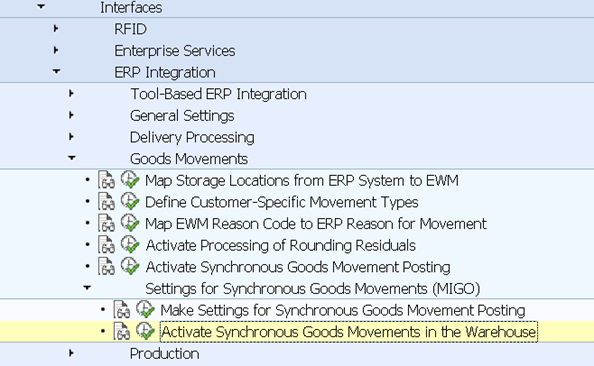If you are migrating from IM/WM to EWM, you may wonder about the requirements of implementing EWM keeping IM/WM functionalities same but requires EWM.
Some of the requirements I came across in my career, utilizing the post goods movement but performing scrapping, issue to cost center, issue to WBS element, Issue to Internal order, material conversion by inputting text information etc.. for reporting purposes.
Unplanned consumption in EWM can be leveraged for most of the requirements but there is always a gap in meeting business requirements.
SAP released synchronous functionality specific to movement types in 2022 version. Of course, this is limited to Embedded version only.


How is this going to benefit?
Let’s look at my favorite option.
If we need to transfer one material to another material, option we can use in EWM in /SCWM/POST. But what if material is batch managed? Somebody creates the batch manually with the destination material and then converts the material. Isn’t it lengthy? Or implement a BADi?
It’s simplified now.
Enable the synchronous movements at movement type level.

And the result



Isn’t simple? This approach also supports custom movement types.
Just add the custom movement type in the config for enabling synchronization.

The same kind of setup is useful for any other Goods receipts or Goods Issues.

How does it work. Input a text if needed, separate GL or a cost center and select bin.


Result

Note: to post direct goods issue, we must allow goods issue at storage type level. This has a negative impact also.

Most of the movement types allowed with this process including custom movement types.
PS: This is my personal observation based on requirements that I worked on, and this blog is based on S4 HANA 2022 version sandbox.
Thank you for reading the post, please share thoughts and feedback.
Thanks to author Narsimha Namburi

